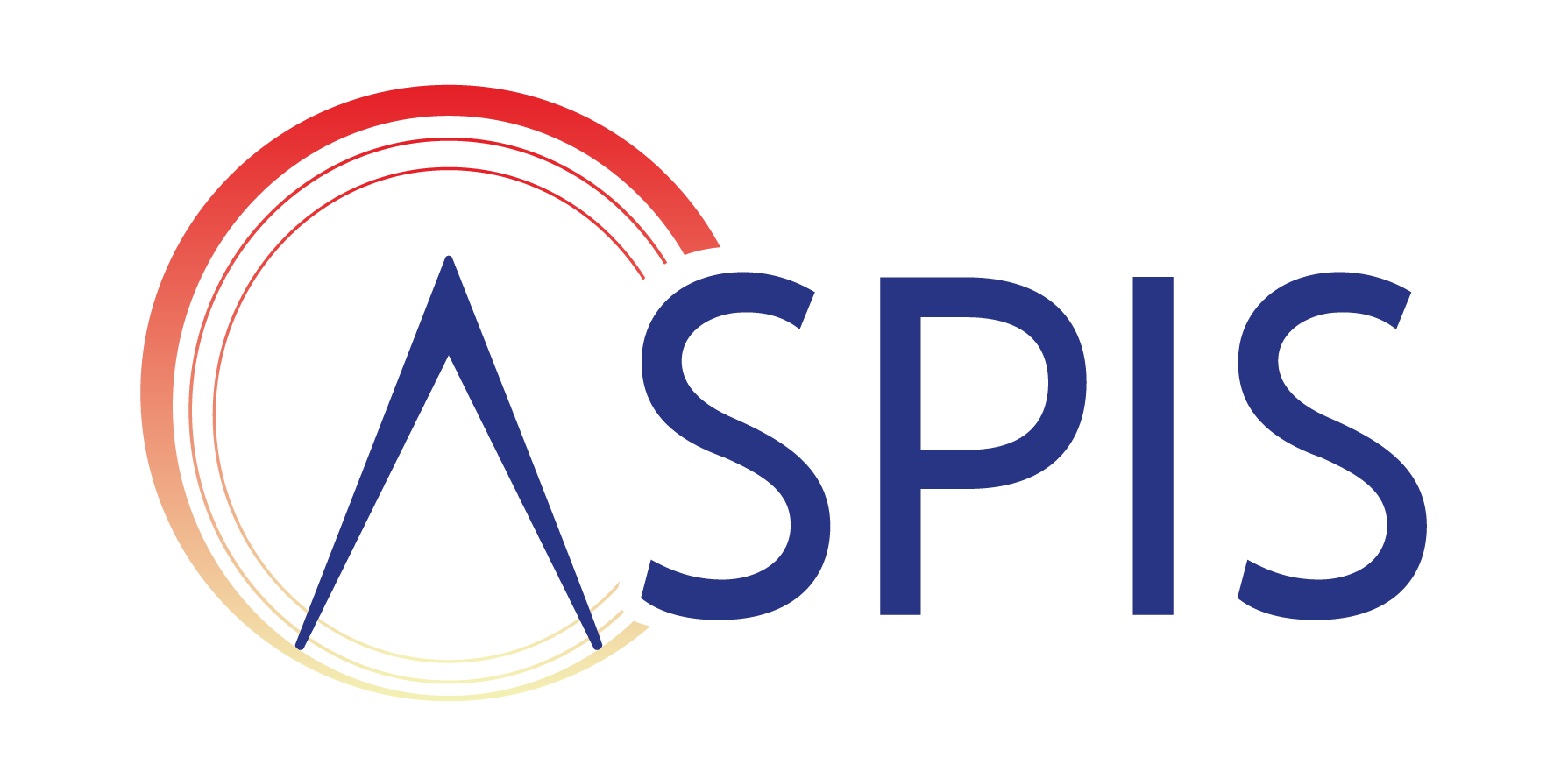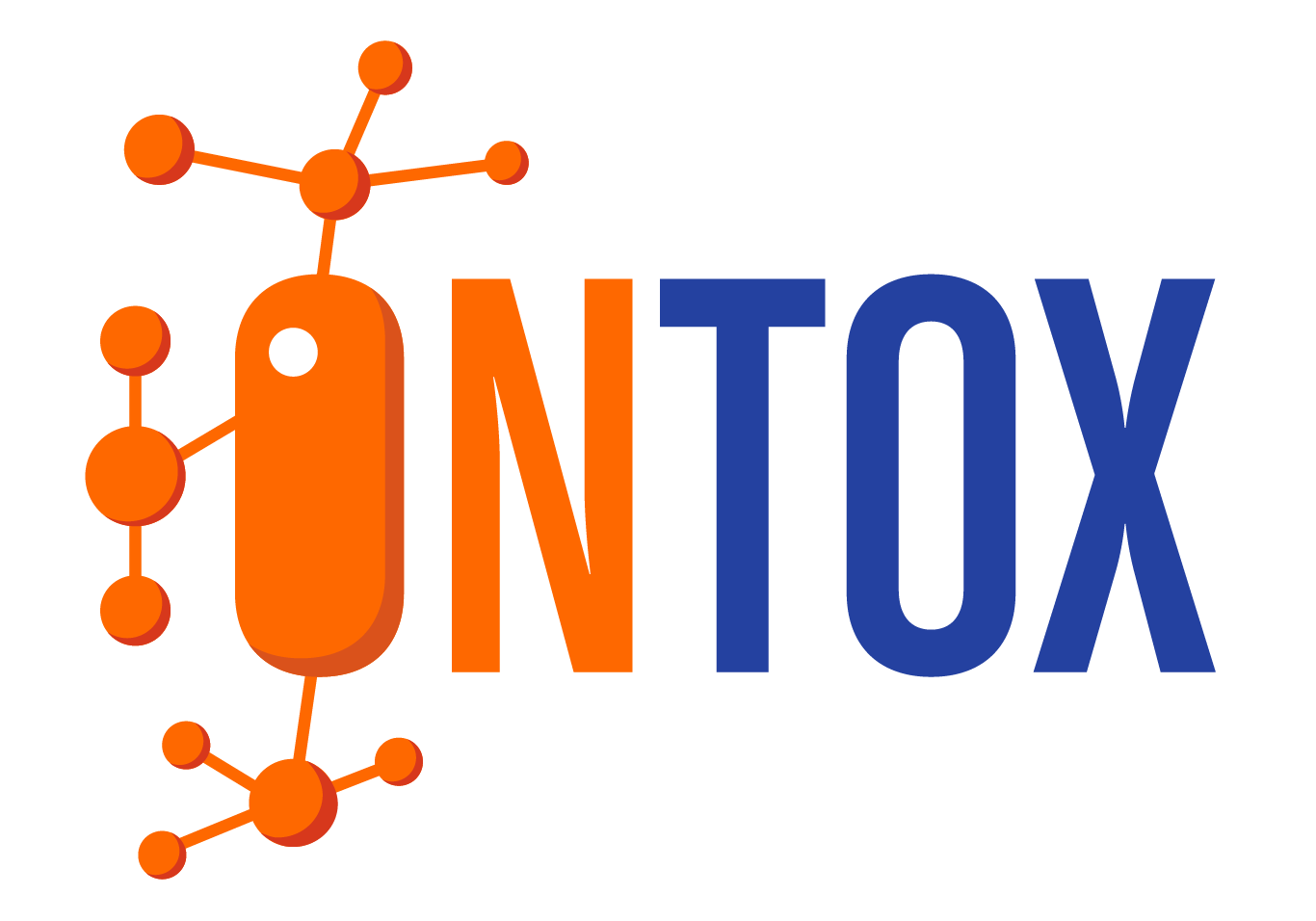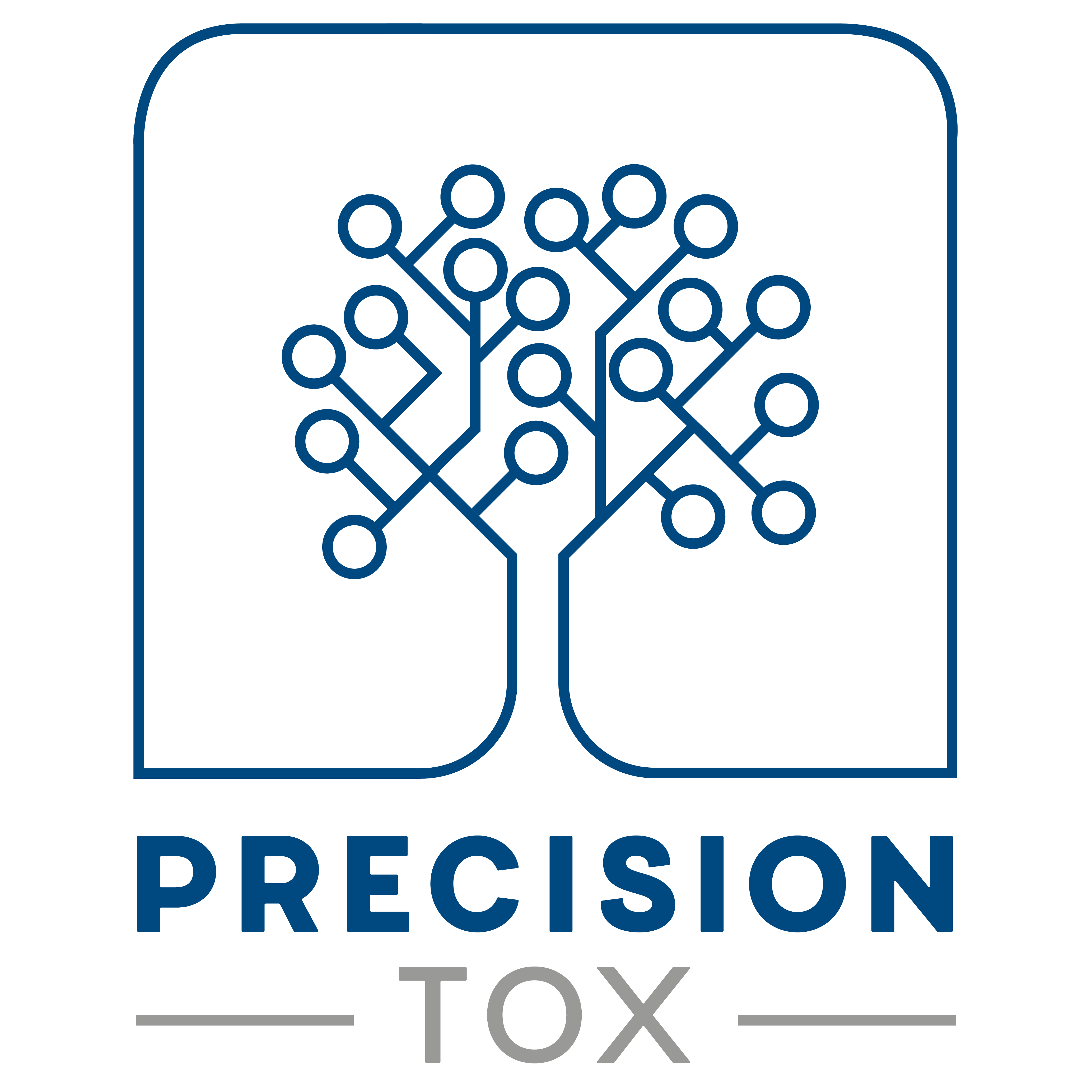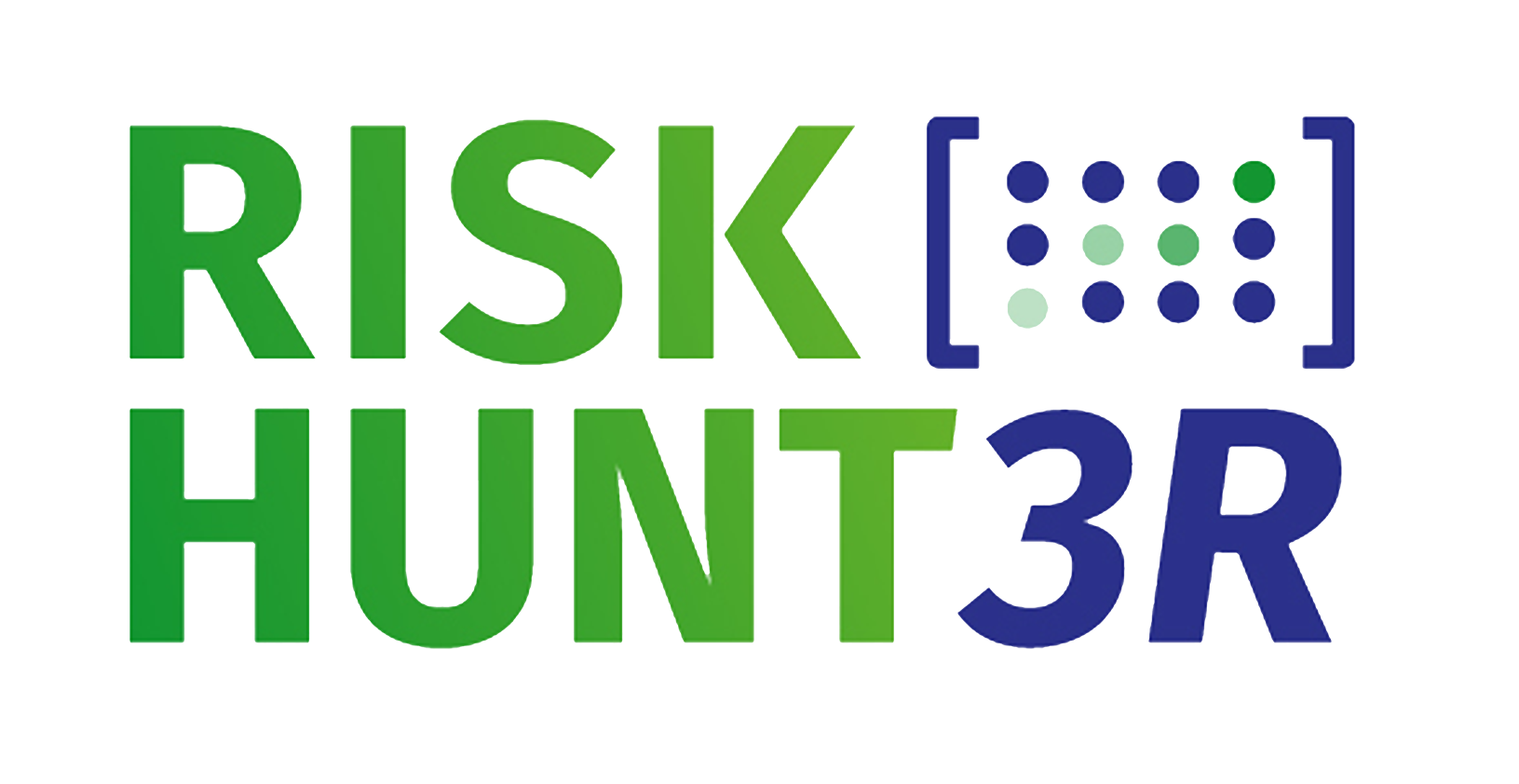There is an ever increasing need to improve our understanding of chemical safety. There are increasing demands to shift the paradigm of chemical safety testing away from traditional animal methods that use primarily mammalian models due to ethical concerns, high costs and intensive labour. New Approach Methodologies (NAMs) are a wide range of non-animal methods that leverage computational methods, omics, and artificial intelligence to discover novel technologies and biomarkers of toxicity to reshape the way we conduct chemical risk assessment for the improvement of human and environmental health.
Session Summary
Three Early-stage researcher (ESR) communities, the ASPIS Academy, PARC Junior Community and the SETAC Student Advisory Committee, have banded together to hold a special session at the 35th annual meeting for the Society of Environmental Toxicology and Chemistry (SETAC) Europe in Vienna, Austria. The session will be chaired by ESRs within our communities and has been developed for ESRs. This session is titled ‘Next-Gen Environmental Science: Collaborative Networks for a Sustainable Future’ and strives to highlight the activities and value of our ESR communities and the scientific research of our ESRs within these three consortia? Furthermore, this session aims to broadly engage ESRs within the field of environmental toxicology, chemical safety as well as, related and interdisciplinary fields to build long lasting networks and foster collaborations. This session will begin with three talks from the session chairs that will introduce the activities of our three ESR networks, followed by short talks from ESRs within our communities that will highlight their scientific research in the field of chemical safety. Our session will feature a short talk that underscores the benefit of these networks in environmental science. Finally, our session will conclude with discussion panel that aims to engage the audience in a vibrant discussion on effective strategies for building, sustaining, and maximizing the impact of these networks for the successful career development of ESRs.
BIOS FROM THE ASPIS SPEAKER

Shaleen Glasgow
Session Co-Chair
I am a PhD student and a member of the PrecisionTox project at University of Birmingham, working collaboratively across the department of bioscience and the Institute of cancer and genomic sciences. Currently, my research aims to reduce the reliance on sentient animal models for liver toxicity testing. Using comparative transcriptomics and single cell RNA sequencing technologies, I investigate evolutionarily shared responses to toxicants, across non-sentient biomedical model species that may be predictive of adverse human and environmental health.
Talk summary
As a member of the ASPIS Academy Core Group I am excited by the opportunity to chair this collaborative session, bringing ESRs together and emphasising the important work of the ASPIS Academy. The ASPIS cluster comprises 3 Horizon EU 2020 funded projects, Precisiontox, ONTOX and RISKHUNT3R. Together these projects strive to advance environmental chemical safety testing technologies for animal free testing. The ASPIS Academy aims to bring ESRs together, delivering training programs, workshops, symposiums as career enhancing opportunities to ESRs this collaborative network fosters the careers of the next generation of environmental science experts.
Susana Proença
ASPIS scientific presenter
I am Susana Proença, a biologist and toxicologist based in Netherlands. I started working in the ONTOX project 3 years ago in Wageningen University, focusing on developing and assessing the in vitro kinetics within WP4-kinetics. I moved to ESQlabs approximately a year and a half ago, where I am leading work package 4-Kinetics in the ONTOX project. ESQlabs is a SME focused on developing in silico models of (toxico)pharmacokinetics and (toxico)pharmacodynamics. My responsibility in WP4 is coordinating and developing kinetic models for the six ontologies and identifying the best possible framework to assess kinetics depending on the chemical space and ontology.
Talk summary
In my SETAC talk, “Advancing NAMs-based DNT risk assessment through refined biokinetic models,” I will focus on the development of kinetic models for the DNT ontology. I will explore the kinetic modeling framework to bridge in vitro assays and in vivo predictions, focusing on two critical adaptations:
- refining in vitro kinetic models to account for assay-specific parameters (e.g., cell and protein binding) that influence the unbound concentration of test compounds and
- optimizing high-throughput physiologically based kinetic (PBK) models for pregnancy to correlate these in vitro unbound concentrations with fetal or maternal plasma levels, enabling extrapolation to equivalent administered doses.
The discussion will highlight strategies to align these models with the DNT ontology, enhancing their predictive power for human risk assessment.






